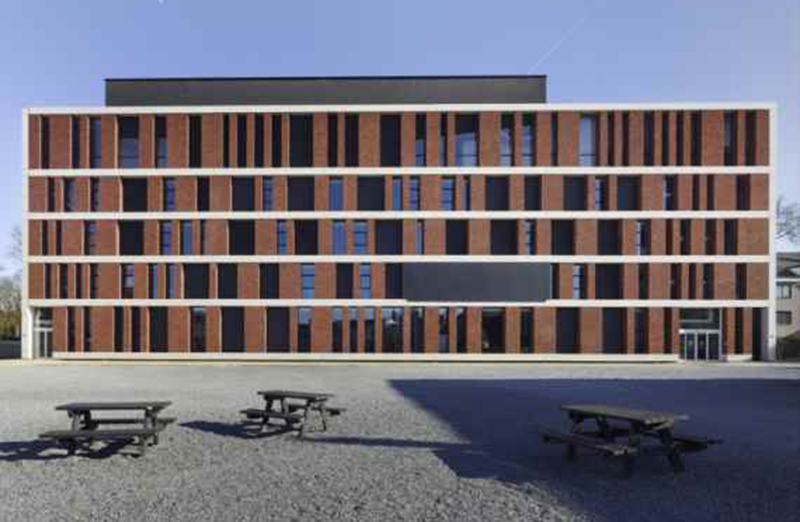Case Studies
- Home
- Case Studies
Public Building
Metabolon - Lindlar (DE)
The educational and research focuses of: metabolon are in the field of the future-related topics environment, resources and energy. For this reason, the new zdi student laboratory was built with a future-proof building automation system that was flexibly implemented with KNX components from B.E.G.
Building automation in the zdi student laboratory MINT LAB :metabolon is not only a means of increasing energy efficiency and comfort, but is itself a subject of research
Further research points could be to what extent it makes sense to divide individual areas of a room into light zones. With the help of the B.E.G. DALI-KNX-interface, the DALI luminaires can be individually configured by software into different groups without having to be physically rewired. The B.E.G. occupancy detectors control several lighting zones simultaneously in order to precisely compensate for the different incidence of daylight in the room with artificial light. If there is more daylight on the east side in the morning, more light is regulated in the “west” of the room; if more daylight falls in the “west” of the room in the afternoon, this in turn is taken into account accordingly.



Office Buildings
Hochbahnhaus - Hamburg (DE)
Hamburger Hochbahn AG is one of the biggest local transport operators in Germany. Since 1918, the company HQ has been located in the Old Town of Hamburg, in a former office building, the Hochbahnhaus. To modernise the building, an update to current building automation standards was desired.
There is activity in the building around the clock, as even at night, local transport does not stand still. Previously, the lights were switched on 24 hours a day. To combat this extremely high energy consumption detectors are installed
In the underground rooms, occupancy detectors of type PD2 and PD4 were fitted, to optimise lighting control here as well. Lighting in the toilets is switched with the PD3N-1C-Micro.
if the light should switch off, this motion detector can be activated by a sound. The many individual lighting control zones in the Hochbahnhaus are coordinated with each other and enable optimum energy use. The new implementation has enabled a reduction in the number of hours the lights were on from 24 hours a day to 4-6 hours.
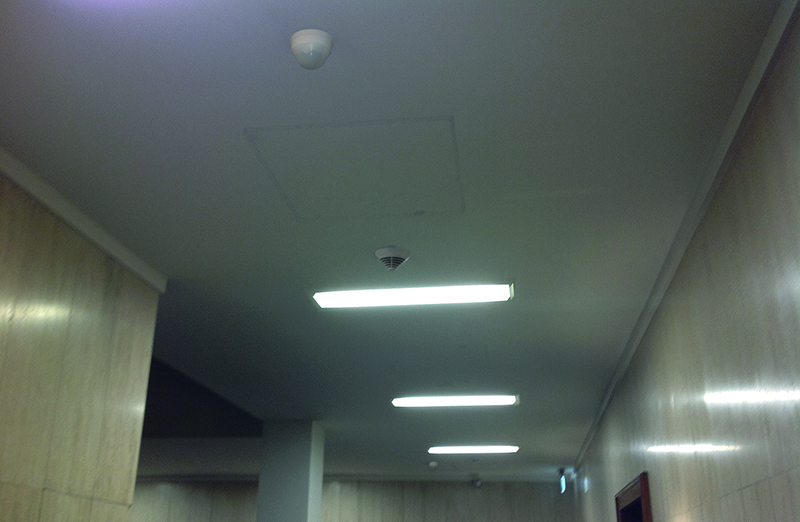
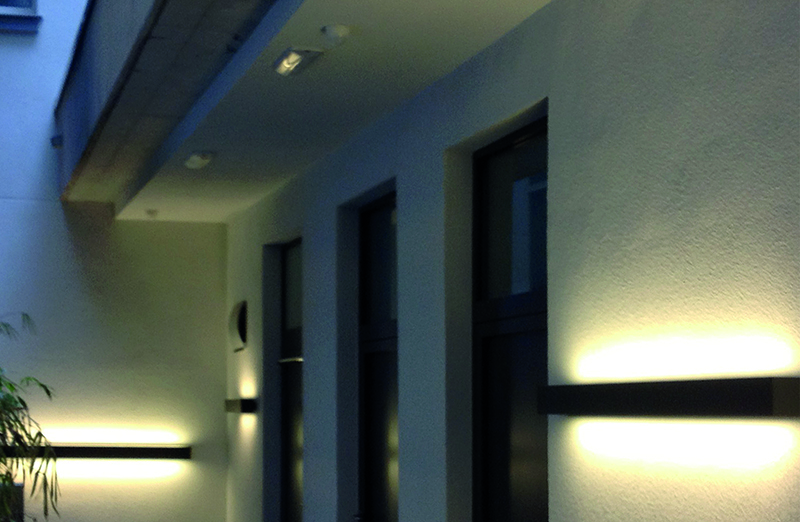
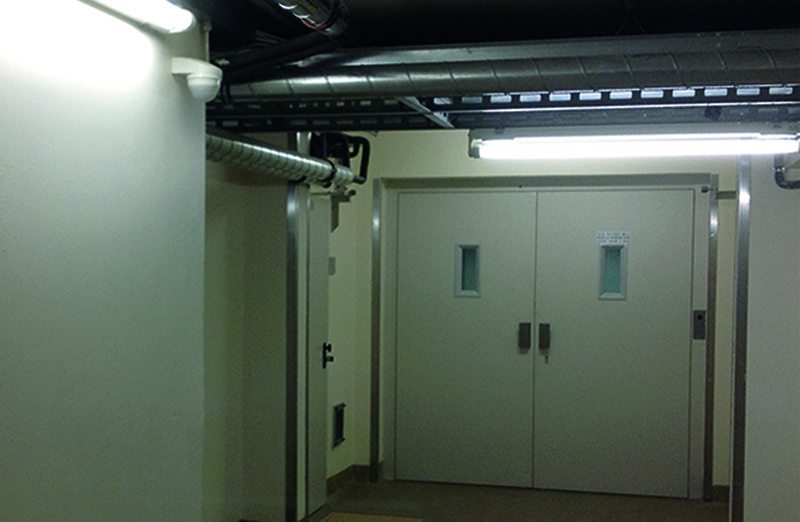
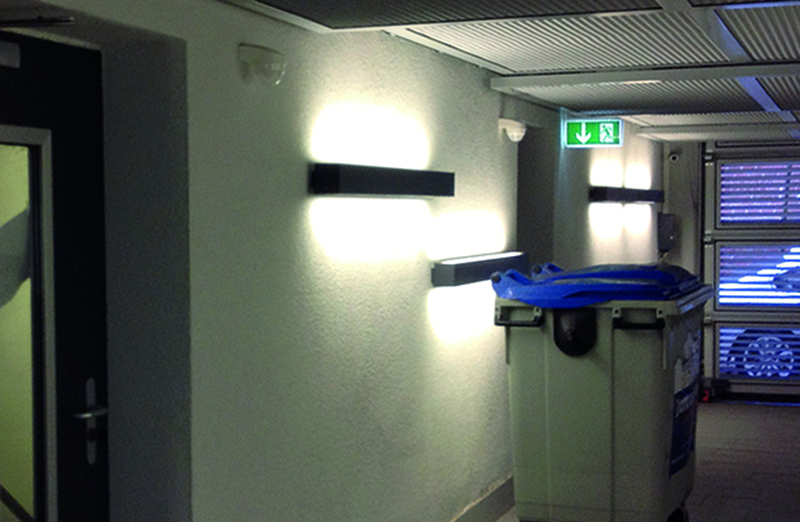
School / University
TETRA Research Project – Leuven (B)
The IWT TETRA project, “Analysis of energy savings of three daylight control systems in a school building” by the Catholic University of Leuven (Ghent Technology Campus), is a monitoring project in which long-term practical measurement of energy consumption in ten classrooms was carried out.
B.E.G. is one of twenty partners in the research project. In order to research daylight and occupancy control, B.E.G. products were installed in two areas:
Don Bosco, Haacht: As people often forget to turn off the light in shared rooms, the PD4M-TRIO-DALI/DSI occupancy detector was installed in one classroom. This detector can control three channels, of which two are dimmable. For classrooms, which generally have a window side and a wall side, this is ideal. The side of the room furthest from the window can thus be regulated to have more artificial light than the window side.
The study showed that intelligent lighting control can save 18-46% of energy use.
